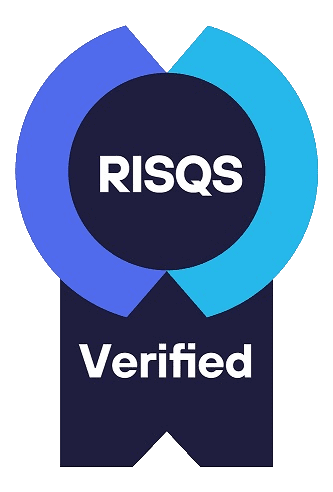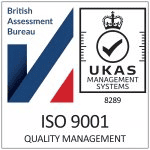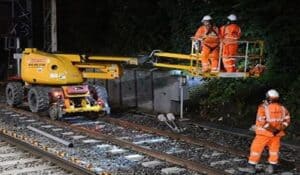

The Stafford Area Improvement Programme (SAIP), consisting of the Stafford Re-Signalling Project and the Norton Bridge Improvement project, was conducted to create extra capacity on the West Coast Mail Line (WCML) route, thereby allowing more train paths and shortening journey times. The programme will also help to reduce congestion and delays in the Stafford area by providing a more reliable railway.
SAIP has modernised Stafford and the surrounding areas by replacing and upgrading the existing systems and support infrastructure. SAIP is delivered by the Staffordshire Alliance, which is a partnership of Atkins, Laing O’Rourke, Network Rail and Volker Rail.

The Stafford Re-Signalling project delivered a number of enhancements including the construction of a new Goods Loops, increased line speeds, and the re-signalling of Stafford 4 and 5 control areas including the transfer of control to Stoke Signalling Control Centre. The Norton Bridge Improvement Project was remitted to remove the operational bottleneck in the Norton Bridge area of the WCML, and included bridge construction, grade separation works and line speed increases.
Vertex employed the following competencies during these works:
Vertex resources were centrally managed to ensure efficiency in deployment as required. This was to mitigate the risk of overuse of resource within the programme.
All resource that was deployed to the project were subject matter experts and fully conversant in the programme, this prevented any delays through learning requirements.